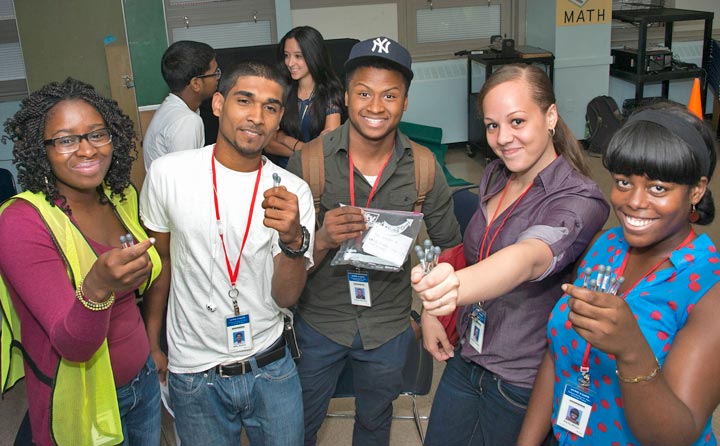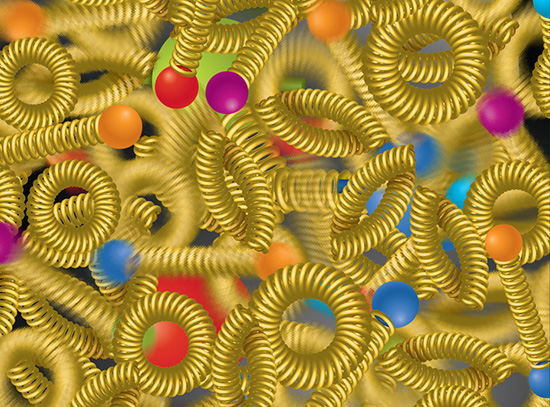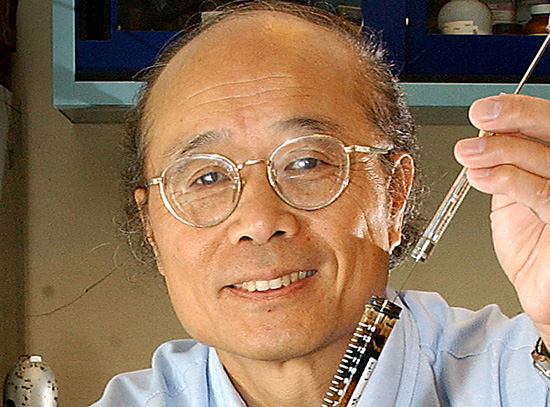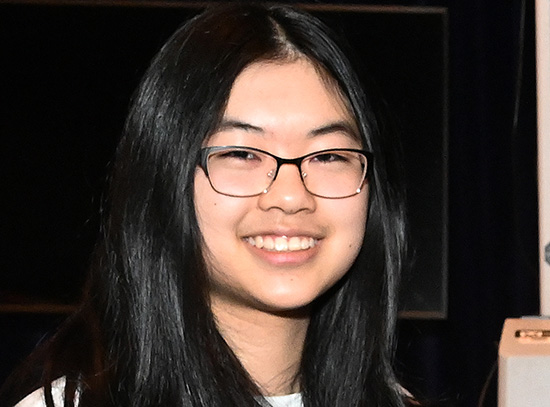From Rising in the Dark to Enduring the Heat, Student Interns Joined In
September 13, 2013
Everyone involved with the S-SAFE project agrees on one thing: the student interns gained experience and added to the field study’s success. As participants in the Laboratory’s S-SAFE geosciences internship program, 90 students from eight different colleges who live in New York City spent the month of July learning about both issues and career opportunities in the field. In addition, a core group of 20 students in fields from medicine to industrial engineering participated in the project throughout the summer
Paul Kalb of the Lab’s Environmental Sciences Department was one of the S-SAFE project leads.
“We were fortunate to have the assistance of the BNL Office of Educational Programs (OEP) which provided valuable assistance at several levels,” he said. “We engaged OEP summer interns who learned how to build and test equipment, design software, and develop leadership skills during the field study in NYC. In addition, OEP’s Noel Blackburn together with colleagues at the New York Institute of Technology developed and implemented an intensive three-week internship for local NYC students that focused on geochemistry and atmospheric science, while also assisting researchers with ‘feet on the ground’ during the field study deployment.”
“Because of the lack of scientists and engineers heading into the geosciences, we wanted to use this project as an opportunity to demonstrate how students can choose this as a career path.”
— Noel Blackburn, Office of Educational Programs
Blackburn said that on non-field study days, the students attended workshops and lectures by the S-SAFE professionals in meteorology, instrumentation, and climate change, along with classes to enhance their oral and writing skills.
“The intent of the internship program was to expose students to the geosciences,” he said. “Because of the lack of scientists and engineers heading into the geosciences, we wanted to use this project as an opportunity to demonstrate how students can choose this as a career path.”
The students were divided into 20 groups researching 20 different geoscience topics ranging from what causes heat waves or the eruption of volcanoes to alternative energy versus fossil fuels. They created posters and made oral presentations of their research before the program’s closing ceremony.
Because of their longer participation in the S-SAFE project and in reaching its goals, the students who worked all summer on the project, under the guidance of S-SAFE researchers, were able to participate as team leaders on study days.
Adam Batley, a 2012 graduate from a community college in Florida, interned at the Lab learning how to construct and test the BATS, the Brookhaven Atmospheric Tracer Samplers. On test days, Batley was able to serve as a co-team leader for a team of four interns.
He described his role as “making sure the interns understood where to go and what to do, making sure they were communicating with everyone and helping to address any safety concerns.” Although he mentioned the long hours and the heat, Batley was clearly focused on the positives.
“The best part for me was finally getting to see the new BATS units come to fruition,” he said. “After spending several months putting them together and testing them, seeing them work consistently and effortlessly and repeating that success – that’s a big pride piece for me.”
Lezou Dali, a Stony Brook engineering student, also had a hand in assembling the first prototype sampler as an intern during the summer of 2012. During the school year, he helped put together 100 other samplers. On test days, he was an assistant team leader, helping to fasten samplers to light poles and instructing the other students in how to use their smartphones to monitor their performance.
Although he was often tired at the end of the long days, he added that “it gave me an idea of how it is in the real world.” He admitted that he enjoyed “wearing the vest and walking around. It gave me an idea that I was actually making a difference to the city through the research program.”
Adedoyin Akingba, a recent graduate of SUNY Potsdam going on to medical school, also helped assemble and deploy the samplers. She said the best part of the experience was working with professionals in a professional setting, and also living at the Lab. “I like the animals,” she said, referring to the deer, wild turkeys and groundhogs that roam the site..
Jessica Saintibert attends Florida State University majoring in biology, and also plans to attend medical school. “I learned that for research you need patience,” she said. “The best part was knowing things I would not learn every day. Even though environmental science is not my major, I like to open my mind to different aspects of science.”
Although she hails from Florida and thought she could handle heat, Saintibert said it was the hardest part.
“The second study day was during a heat wave,” she said. “It was 94 degrees and it felt horrible so we kept walking into stores with air conditioning.”
Ricky Bhola is a civil engineering student at City College of New York who spent most of his summer internship under the guidance of EE’s John Heiser at the Long Island Solar Farm on the Lab site. He was thrilled to participate with the surface release teams during S-SAFE.
“It was really interesting to see such a large-scale project with so many moving parts to it,” he said. “It looked really chaotic when we were carting all those samplers out of the building and I was concerned about the timing of the release: like what do I do if this thing doesn’t go off? But everything was good.”
Third-year Stony Brook student Lauren Herrera also worked with Heiser at the Solar Farm for most of the summer and was able to participate on a release team. She also said the only downside was “the nerves – making sure that everything was going to work properly and I was not going to mess up a big experiment. But the whole experience was amazing, especially the people we met like the NYPD officers. We got to see a new aspect of how New York City works and what they do behind closed doors. It’s really encouraging knowing that the city is working to keep us safe.”
Blackburn said that a post-project survey indicated that the S-SAFE geosciences internship program accomplished its primary objective.
“In the survey results, we saw an increased awareness of the different opportunities in geoscience, “ he said. “Some students have already indicated that they are going to take some more physics classes, but also look at classes related to climate change and meteorology. Some of the computer science students didn’t realize that there were opportunities in the geosciences for them.”
2013-4293 | INT/EXT | Newsroom










